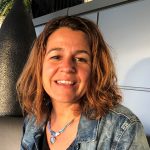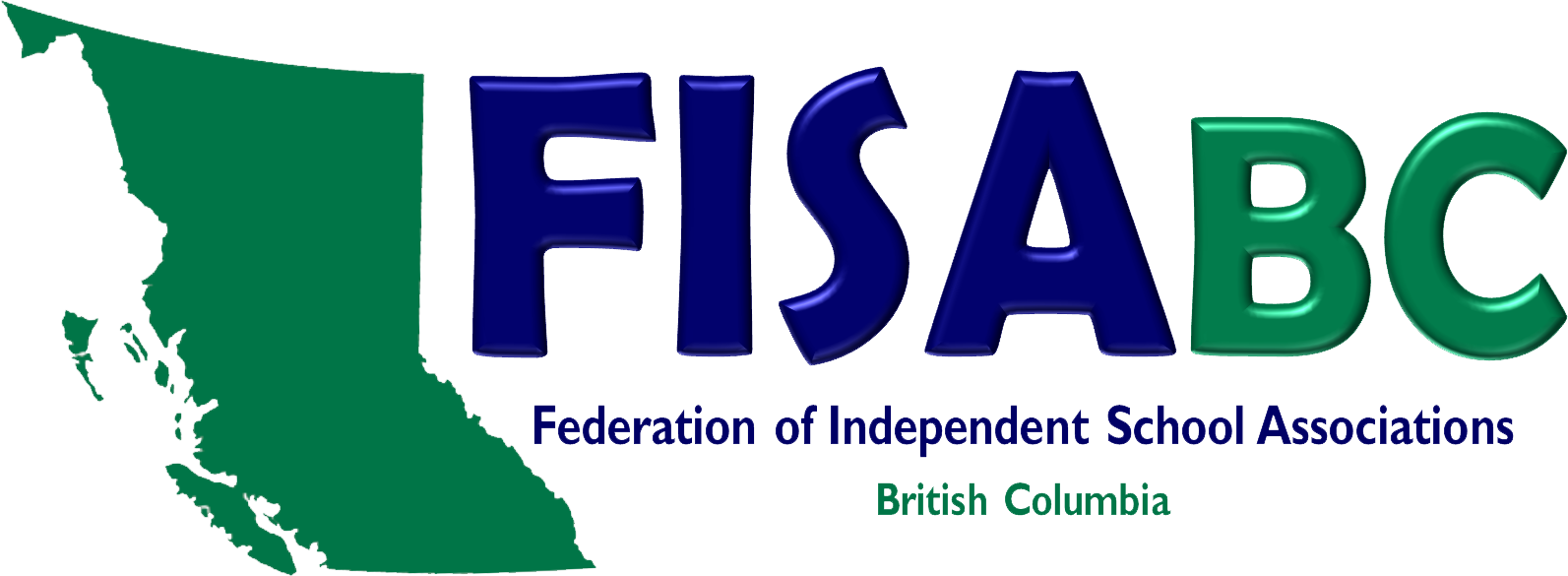

Anyone who went to school in the last half of the 20th century, learned how to absorb content. What’s the square root of 968? Who was the 15th prime minster of Canada? What’s the capital of Azerbaijan?
But knowing the answers to those questions is no longer a big deal — or even terribly useful — according to Brenda Ball and Denise Lamarche.
The two teachers — Brenda, Director of the Senior School at Brockton School and a curriculum developer with the BC Ministry of Education, and Denise, the Director of Academics at St. Michaels University School — toured the province this Fall as part of FISA BC’s provincial outreach team.
Their mission? To give teachers and administrators from independent schools tools they could use to deliver the new curriculum, which is based on competencies.
“After all, you can always easily Google facts and information,” Denise says. “The world is changing,” she adds, emphasizing the new aim is to graduate students who are developing skills that employers will be looking for: “collaboration, critical thinking, leadership, problem-solving.” Having the ability to think critically about information and synthesize various perspectives will be key.
The old fact-based model is no longer up to the task.
“The fundamental element we need to understand is that it’s not just about the content,” Denise says, “it’s about the skills that we are embedding in the learning.” Teachers also need to ask themselves how their students are going to be able to demonstrate their understanding of that learning. And, further, teachers need to consider how they’re going to communicate student learning to parents, beyond simply assigning a grade. In fact, all of today’s parents would have been educated in the 20th century, following old-system rules and approaches.
How is it possible to convey such a radical realignment? Brenda has some ideas. One of her favourites is an assignment she called the “text book editor.” “No teacher is ever satisfied with a textbook,” she notes. “They cost a lot of money and publishers have to pick and choose what they’re going to put in there.” So, she gives students the job of becoming editors of a particular textbook.
“You can do this assignment with any curricular content,” she notes, mentioning many subjects from history, to English to math. She tells her students they have to edit two pages of the textbook and their primary job is to determine what’s missing. “This really makes the students think about what students should be learning,” she says. Instead of being a content-oriented job, it becomes a critical-thinking task.
“By the time students are in grades 11 and 12, they should be able to spread their wings,” Brenda says. “The ideas they come up with are amazing and better than anything I could create.”
Another type of assignment she recommends is one that requires students to focus on conceptual and debatable questions. For example, she might ask them to compare Justin Trudeau’s political leadership with that of his father, Pierre Elliot Trudeau. “This type of approach moves them away from the ‘what’ questions,” she says, “and moves them instead to the ‘hows’ and ‘shoulds.’”
Denise and Brenda both believe that age or experience is no barrier to adopting the new approach to learning. For veteran teachers, Denise says, “we need to be able to say, “we know you weren’t educated this way, but the world is changing. Let’s further develop your instructional and assessment strategies.”
Or, to put it in more modern terms, teachers must move beyond being #contentspecialists. They must now also be #thinkingfacilitators.
